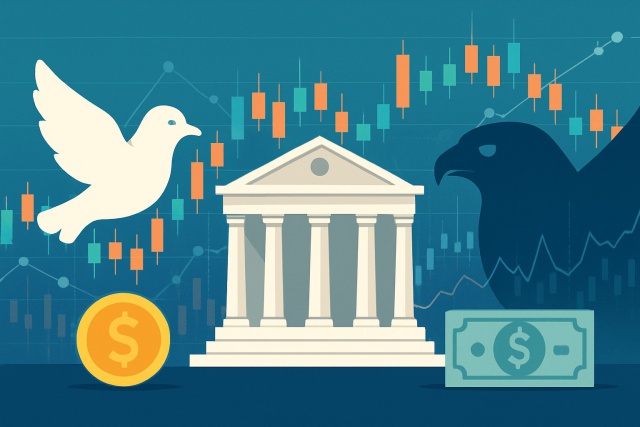
Hawkish Vs. Dovish: How Central Bank Stances Impact Markets
Discover how central banks' hawkish and dovish stances shape financial markets and affect your inves...
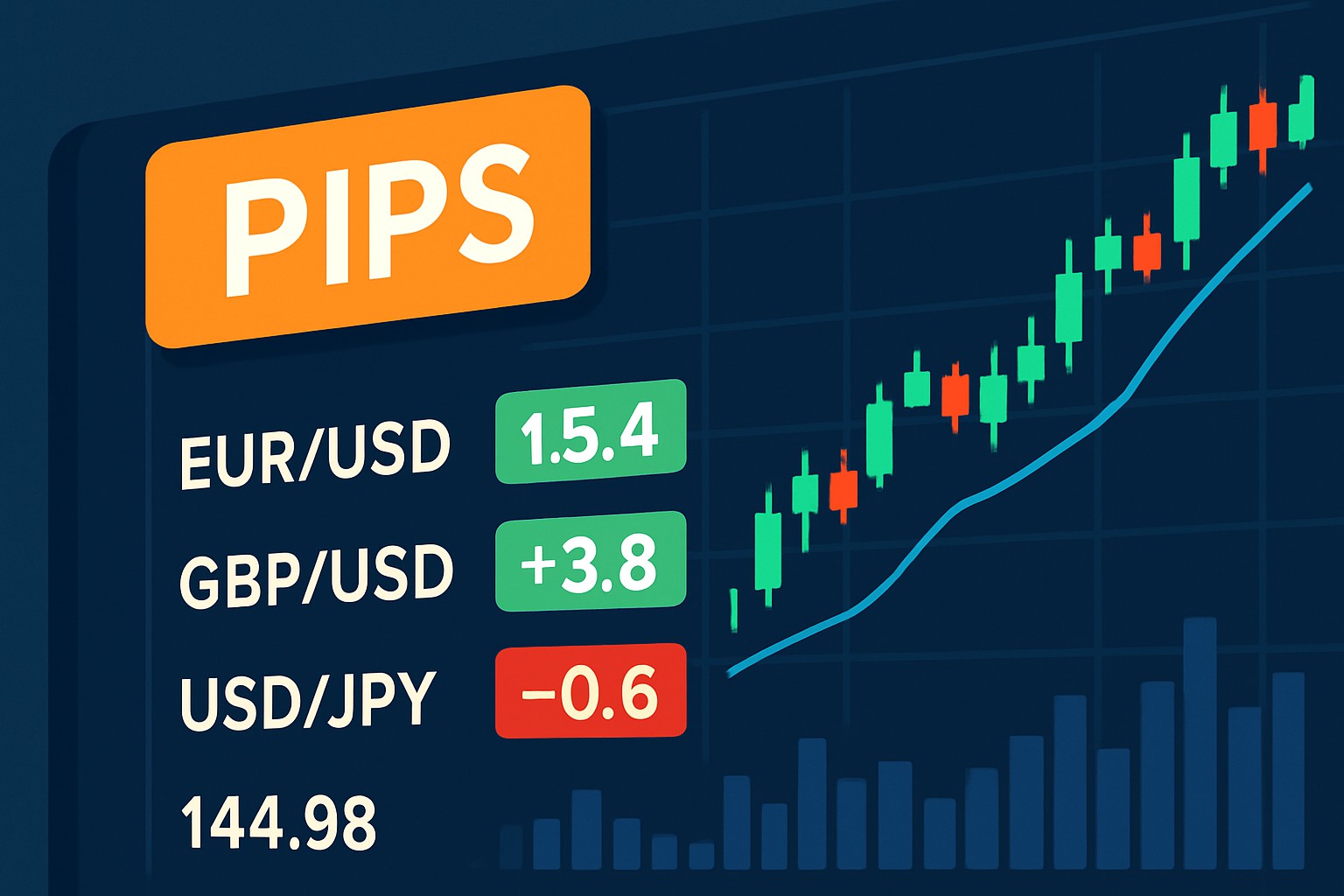
Having a solid handle on technical terms like 'what does pip mean' can really give you a leg up when making informed decisions. One term you will bump into quite a bit is "pip" and it can seem mystifying when you’re just getting your feet wet. This article breaks down what a pip means in the trading world, why it’s important and how traders put it to work in different markets.
A pip stands for "percentage in point" or sometimes "price interest point." In the world of forex trading, it represents the tiniest possible move in the exchange rate of a currency pair. Think of it as the smallest tick on the ruler traders use to measure price swings.
The idea of a pip is pretty straightforward in forex but can vary when you step into other markets like commodities, stock indices or cryptocurrencies. These differences boil down to how price changes are quoted and what counts as the smallest measurable move in each market.
A pip is basically the tiniest price wiggle you will see in currency pairs, usually pinned to four decimal places. For most pairs one pip translates to a price move of 0.0001. So when EUR/USD nudges from 1.1050 to 1.1051 that tiny 0.0001 jump is exactly one pip.
| Currency Pair | Decimal Places for Pip | Example Price Move | Pip Value Example |
|---|---|---|---|
| EUR/USD | 4 (0.0001) | 1.1050 to 1.1051 | 0.0001 USD |
| GBP/USD | 4 (0.0001) | 1.2560 to 1.2561 | 0.0001 USD |
| USD/JPY | 2 (0.01) | 109.50 to 109.51 | 0.01 JPY |
| AUD/USD | 4 (0.0001) | 0.7530 to 0.7531 | 0.0001 USD |
| USD/CHF | 4 (0.0001) | 0.9950 to 0.9951 | 0.0001 CHF |
Just a handy snapshot to keep in mind when you are eyeballing those pip moves—little shifts, but big enough to keep traders on their toes.
When you are working with currency pairs involving the Japanese yen (JPY), pip calculation takes a slightly different route since prices are quoted to just two decimal places rather than the usual four. For pairs like USD/JPY or EUR/JPY, one pip is actually 0.01. This little quirk changes how you calculate pip values.
Pips are the fundamental building blocks for understanding price swings in the forex world. They help traders keep a sharp eye on profits and losses, manage position sizes with confidence and talk about market moves so everyone is on the same page.
A pip is basically the tiniest unit you’ll use to measure price changes in trading. It’s your go-to gauge for figuring out if a price move is just a small ripple or more like a noticeable wave.
Traders figure out their gains or losses by keeping a close eye on pip movements, taking into account the pip value alongside their lot size and the currency pair they are dealing with. By tracking just how many pips the market dances with or against their position, they get a clear picture of the impact on their account balance.
Nail down the pip value for your lot size whether you’re dealing with a micro, mini or standard lot. This is the foundation of the whole calculation.
Figure out how many pips the price has moved from your entry point to the current or exit price. This part is key so no shortcuts here.
Multiply that pip value by the number of pips moved to get your total profit or loss. It is simple math but it tells the whole story.
Keep in mind any currency exchange rates if your account currency doesn’t match the quote currency. This ensures you get the real deal on what’s hitting your balance.
Imagine a trader holding a standard lot of 100,000 units on EUR/USD—here a single pip move is worth $10. Dial it down to a mini lot of 10,000 units and that same pip shift feels like $1 in your pocket. Shrink it further to a micro lot with 1,000 units and suddenly you’re dealing with just $0.10 per pip.
Pips are the go-to way to track price changes in forex trading but every now and then traders bump into terms like points and ticks. These words describe price movements though their exact meaning can shift depending on the market and the asset involved.
Pips originally started out as a term mostly reserved for forex. Some brokers and traders use it more loosely in markets like commodities, indices and cryptocurrencies. In those arenas the tiniest price moves might get labeled as pips or ticks depending on who you ask or the local customs.
When you dive into cryptocurrency trading, price changes are usually tracked in decimal units but you won’t often hear them called pips. Instead terms like satoshis or points tend to steal the spotlight depending on which currency you’re dealing with. When it comes to stock indices like the S&P 500 or Dow Jones, these increments usually go by points or ticks. Some brokers still hang on to calling the tiniest price moves pips, probably to keep things neat and tidy on combined platforms.
Pips might look straightforward at first glance but beginners often trip up on a few key details. For example, many assume a pip always carries the same monetary value and do not realize how currency pairs and lot sizes can shake things up.
Calculating pip value usually follows a straightforward formula that factors in the currency pair, lot size and current exchange rates. You multiply the pip size by the lot size and then adjust for the quote currency to find the exact dollar or account currency value for each pip movement.
Navigating the world of trading can feel like walking a tightrope, and understanding how to use pips effectively is one of those skills that can really tip the scales in your favor. Whether you are a newbie just dipping your toes or a seasoned trader sharpening your edge, these tips will help you get a better grip on pips without breaking a sweat.
Getting a solid grasp on what does pip mean in trading and how to calculate them usually does wonders for your trading discipline and strategy. Traders who know their way around pips tend to set more realistic profit goals and manage losses better. This often results in steadier and more confident trading overall.
Are you looking to navigate the dynamic world of cryptocurrency trading with confidence? Coinbase is the platform you need. As a leading exchange, it offers a user-friendly interface, robust security, and a wide range of digital currencies. Unlock the potential of the crypto market with Coinbase.
Are you ready to elevate your trading game? Binance, the leading cryptocurrency exchange, offers a seamless platform for traders of all levels. With its user-friendly interface and powerful tools, you can navigate the dynamic world of digital assets with confidence.
11 posts written
With over a decade of experience navigating the intricate world of trading, Quentin Merriweather's expertise lies in developing innovative strategies that harness the power of cutting-edge technologies.
Read Articles
Discover how central banks' hawkish and dovish stances shape financial markets and affect your inves...
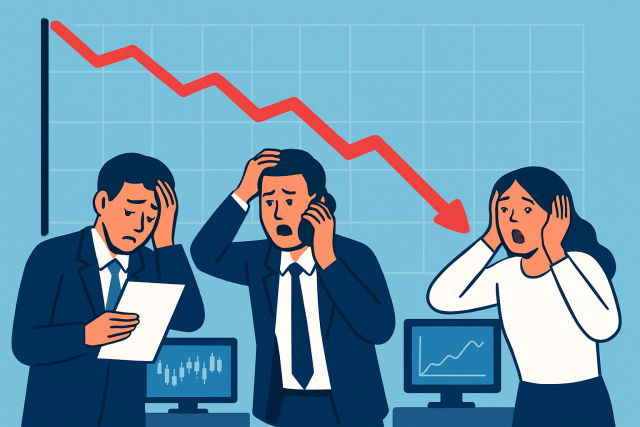
Discover what 'tanked' means in trading—how it describes sharp asset declines, causes behind these d...
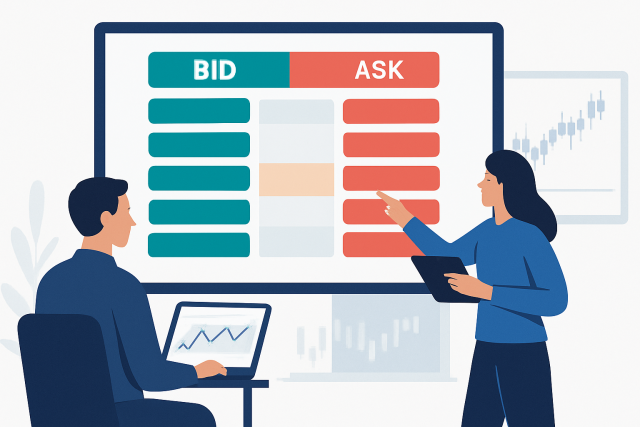
Understanding the bid-ask spread is essential for any trader. This article breaks down its meaning,...
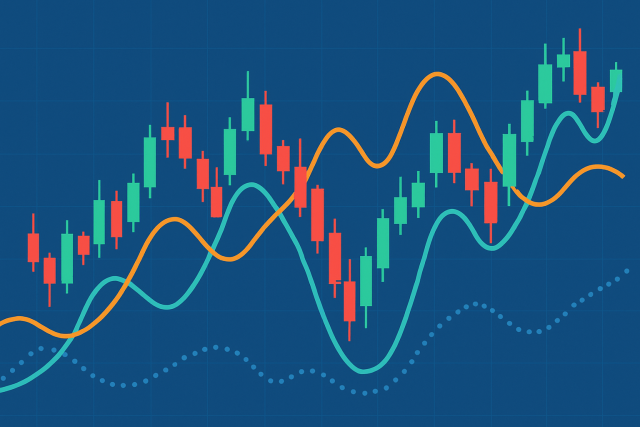
Discover what whipsaw means in trading, why it occurs, and how to recognize and manage sharp price r...
